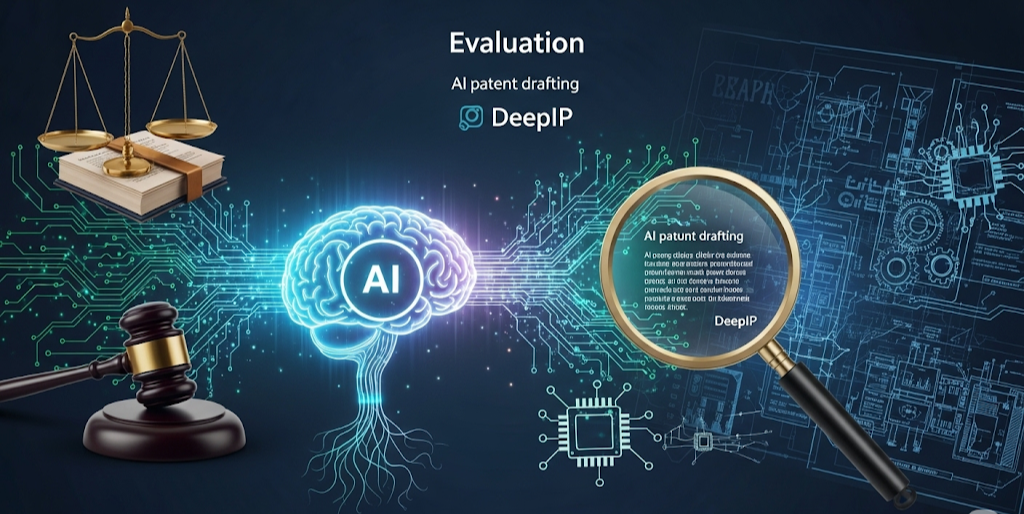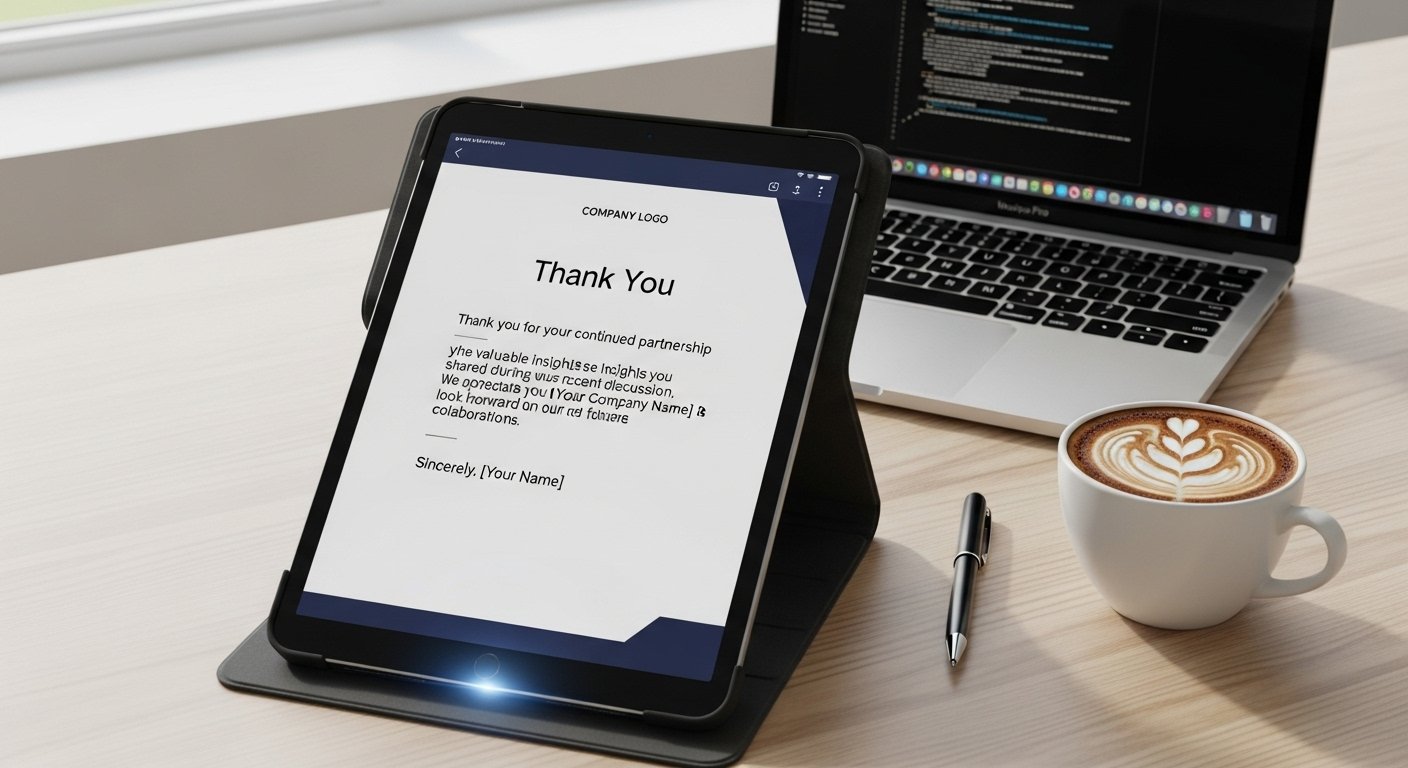In the fast-paced world of patent law, efficiency and accuracy are paramount. Patent professionals are increasingly turning to AI-driven solutions to enhance their workflow, and one of the most innovative tools in the market is DeepIP. This legal technology company specializes in AI patent drafting, offering a powerful platform that automates key aspects of the patent application process. But how effective is DeepIP in transforming the way patents are drafted? In this article, we’ll evaluate DeepIP’s capabilities, features, and potential to revolutionize patent drafting, helping legal professionals save time and reduce errors.
What is DeepIP and How Does It Work?
DeepIP is an AI-powered platform designed to streamline the process of drafting patent applications. By integrating directly into Microsoft Word, DeepIP enhances the drafting experience, helping patent professionals generate accurate, comprehensive patent documents faster than ever before.
Key Features of DeepIP
-
AI-Assisted Drafting: DeepIP’s AI-driven system helps generate patent claims, summarize disclosures, and even suggest alternative claim structures. This minimizes the time spent on repetitive drafting tasks and ensures that the patent application is comprehensive and accurate.
-
Integration with Microsoft Word: One of the standout features of DeepIP is its seamless integration with Microsoft Word. Patent professionals can use the platform directly within the document they’re working on, making the drafting process smooth and hassle-free.
-
Error Detection and Consistency Checks: DeepIP doesn’t just help create content; it also helps catch mistakes. It scans the document for inconsistencies, missing details, and potential errors, providing users with an extra layer of assurance that the final draft is error-free.
-
Security and Compliance: DeepIP follows stringent security protocols, including SOC 2 Type II and ISO 27001 certifications. This ensures that all user data is handled securely and that no data is retained for AI training purposes, giving users peace of mind.
Benefits of Using DeepIP for AI Patent Drafting
For patent professionals, using AI tools like DeepIP offers several key benefits that can lead to significant improvements in efficiency and document quality.
Time Efficiency
Traditional patent drafting is often a time-consuming process. DeepIP helps reduce the time spent on drafting by automating repetitive tasks like generating claims, summarizing disclosures, and creating alternative claims. This allows patent professionals to focus on the more strategic aspects of patent prosecution.
Enhanced Accuracy
AI-powered tools like DeepIP help ensure that patent applications are thorough and consistent. By automatically detecting errors and inconsistencies, DeepIP minimizes the risk of human error, which is crucial in a field as precise as patent law.
Scalability
For firms that handle large volumes of patents, DeepIP offers scalability. The AI assistant can handle multiple drafts simultaneously, making it easier to manage large patent portfolios without sacrificing quality.
How DeepIP Stacks Up Against Competitors
When evaluating DeepIP, it’s important to compare it against other AI-driven patent drafting tools to understand its place in the market.
| Feature | DeepIP | Competitor A | Competitor B |
|---|---|---|---|
| AI-Assisted Drafting | Yes, generates claims and disclosures | Yes, but lacks advanced claim structuring | Limited to basic claims |
| Error Detection | Comprehensive checks for consistency | Minimal error detection | No error-checking tools |
| Microsoft Word Integration | Seamless integration | Not available | Available, but with limitations |
| Security & Compliance | SOC 2 Type II, ISO 27001 certified | Varies, no industry-specific certifications | SOC 2 Type II compliant |
As seen in the table above, DeepIP stands out in its comprehensive error detection and seamless integration with Microsoft Word, offering a distinct advantage for patent professionals.
Real-World Examples of DeepIP’s Impact
Case Study 1: Patent Firm X
Patent Firm X, a leading intellectual property law firm, incorporated DeepIP into their workflow to assist with patent drafting. After using DeepIP for six months, the firm reported a 30% reduction in the time spent on drafting individual patent applications and a 20% decrease in errors found during internal reviews.
Case Study 2: Independent Patent Professional Y
Independent patent professional Y found that DeepIP helped them streamline the drafting process for clients, particularly when working on multiple applications simultaneously. The AI-driven assistant ensured that each document met industry standards, allowing for quicker submissions and a higher volume of work.
Potential Drawbacks of DeepIP
While DeepIP offers many benefits, it’s important to consider a few potential drawbacks:
-
Quality Variability: Some users have noted that the quality of AI-generated drafts can vary depending on the specificity of the input prompts. It’s essential for patent professionals to carefully review AI-generated content before final submission.
-
Limited Features for Figure Generation: DeepIP excels in drafting and reviewing patent claims, but it doesn’t offer advanced features like figure generation, which may still require manual input.
Conclusion: Is DeepIP the Future of Patent Drafting?
DeepIP is an impressive tool for patent professionals looking to enhance their efficiency and reduce errors in patent drafting. Its AI-powered features, seamless integration with Microsoft Word, and comprehensive error-checking system make it a valuable addition to any patent firm or legal professional’s toolkit. While there are a few areas for improvement, such as figure generation, DeepIP’s benefits far outweigh its limitations, making it a top choice for AI patent drafting.
Call to Action
Ready to streamline your patent drafting process with AI? Try DeepIP today and experience the future of patent law firsthand. Visit DeepIP’s official website to learn more and get started.








Leave a Reply